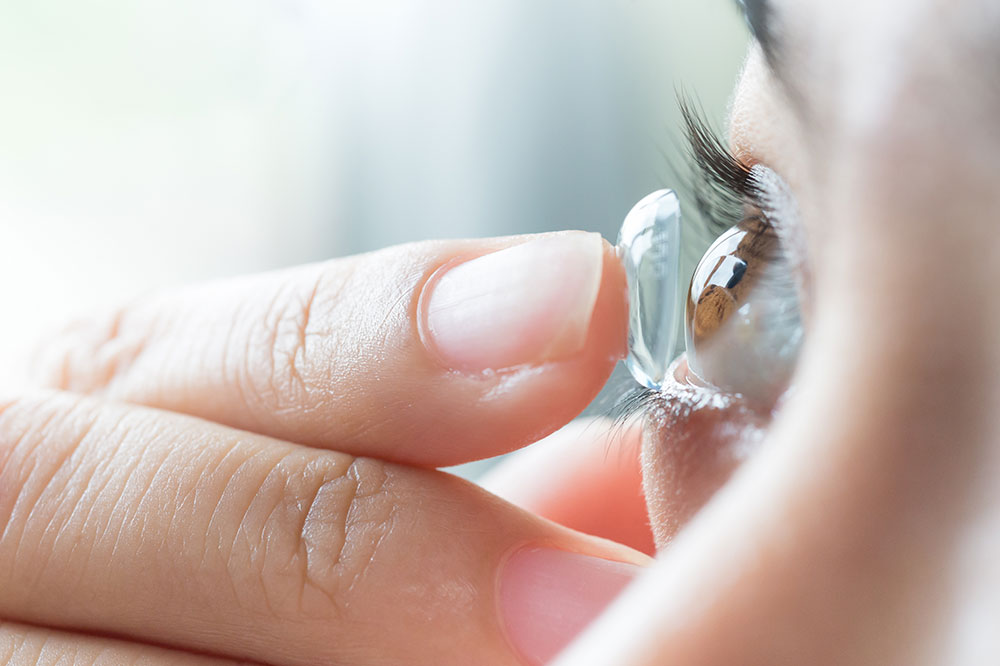Pros and cons of multifocal contact lenses
Deteriorating vision is a common problem as a person ages. Doctors typically recommend multifocal contact lenses for those with myopia (nearsightedness), astigmatism, hyperopia (farsightedness), or presbyopia (age-related farsightedness). These lenses allow one to see better and are far more comfortable than contacts or reading glasses. However, they are not for everyone. Here, we discuss the pros and cons of multifocal contact lenses to help you make an informed choice.
Pros
- Better comfort
The bridges of one’s nose and ears may hurt because of wearing glasses all day. Sometimes, the weight of the glasses also induces headaches and irritation. Multifocal contact lenses, however, eliminate any fatigue or irritation since they are incredibly lightweight and comfortable.

Glasses can get cracked, chipped, or develop scratches with time, affecting the clarity of one’s eyesight. There are no such problems with multifocal contact lenses since they directly fit the curvature of one’s eyes, offering a broader and clearer vision.
Glasses often become foggy in cold weather, causing a hindrance. For individuals who do not have prescription sunglasses, the brightness of the sun also becomes an issue. However, there are no weather-related problems with multifocal contact lenses since they are unaffected by temperature changes.
Individuals with presbyopia have certain restrictions if they choose to wear glasses.
Glasses may also not be comfortable for athletes or while performing certain adventure sports. On the other hand, multifocal contact lenses allow better peripheral vision and are more comfortable for mechanics and electricians since their work requires more mobility.
Cons
- Difficult to apply
Some individuals may find it tough to put on multifocal contact lenses. It requires proper technique and practice, which may not come easily for everyone. So, it is much more convenient to wear glasses instead of these lenses for daily use. - Reduces oxygen
Multifocal contact lenses create a barrier between the cornea and the outside world, blocking the oxygen needed for the eyes. This may lead to irritation or dry eyes syndrome. Itchiness, redness, and stringy mucus are some other associated symptoms. - May result in computer vision syndrome
Multifocal contact lenses require fewer head movements to read or focus on anything since they have different magnification points. This may lead to computer vision syndrome, headaches, blurred vision, neck or shoulder pain, and eye strain. - Takes time to adjust
Multifocal contact lenses may be difficult to adjust because it has two different focal powers. An image may appear blurry initially as it takes a while for the brain to get accustomed. However, the opposite may happen in some cases.
Disclaimer:
The content of the articles discussing symptoms, treatments, health conditions, and side effects is solely intended for informational purposes. It is imperative that readers do not interpret the information provided on the website as professional advice. Readers are requested to use their discretion and refrain from treating the suggestions or opinions provided by the writers and editors as medical advice. It is important to seek the help of licensed and expert healthcare professionals when necessary.

